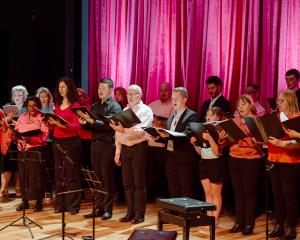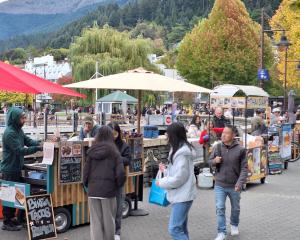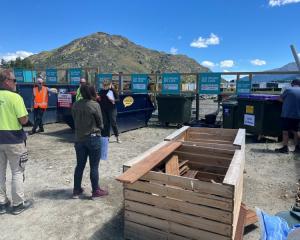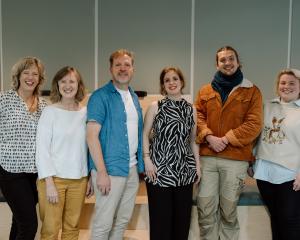Queenstown has the cleanest and greenest image of any tourist destination in New Zealand, according to Destination Queenstown chief executive Tony Everitt.
Mr Everitt was presenting the regional tourism organisation's business plan for the coming financial year to its members at a meeting in Queenstown last night.
He said the regional visitor monitor showed 97% of visitors to the resort believed Queenstown's environmental performance was greater than or equal to other places.
"That is by far the highest rating in New Zealand.
It's a very good situation to be in," he said.
Interest in the environment was growing among tourists and while Queenstown rated well, there was no room for complacency.
The organisation's goal for the coming year was to build "sustainable demand" for Queenstown through tourism marketing.
It would aim to build global demand through brand awareness and raising the resort's environmental profile.
"The vision for Queenstown is to position it as the premier four-season lake and alpine resort in the world. We are already the premier lake and alpine resort in the southern hemisphere - now we are going for global domination. It's certainly within our reach," he said.
The target was to raise the yearly visitor spending to $1 billion within five years, up from $8 million now.
He said the Australian and New Zealand markets were still important but as the global economy recovered from recession, DQ would begin marketing further afield to attract tourists from the northern hemisphere.
The organisation would aim to leverage more major events like the Rugby World Cup and Trenz to raise the resort's profile.
He said the organisation's number of staff was reducing from 12 to 11 so it would be "stretched" to achieve all its goals in the next 12 months.
DQ members also voted in favour of adopting a new constitution at the meeting.
Changes to the rules include the number of directors elected to the board, which will increase from five to six.
The board of directors will be made up of one representative from the council and the six elected directors; two to represent the accommodation sector, one activities, one the service and retail sectors and two from any interest group.
The directors have the ability to co-opt up to two further directors.
The changes are to come into effect after the annual meeting in September.












